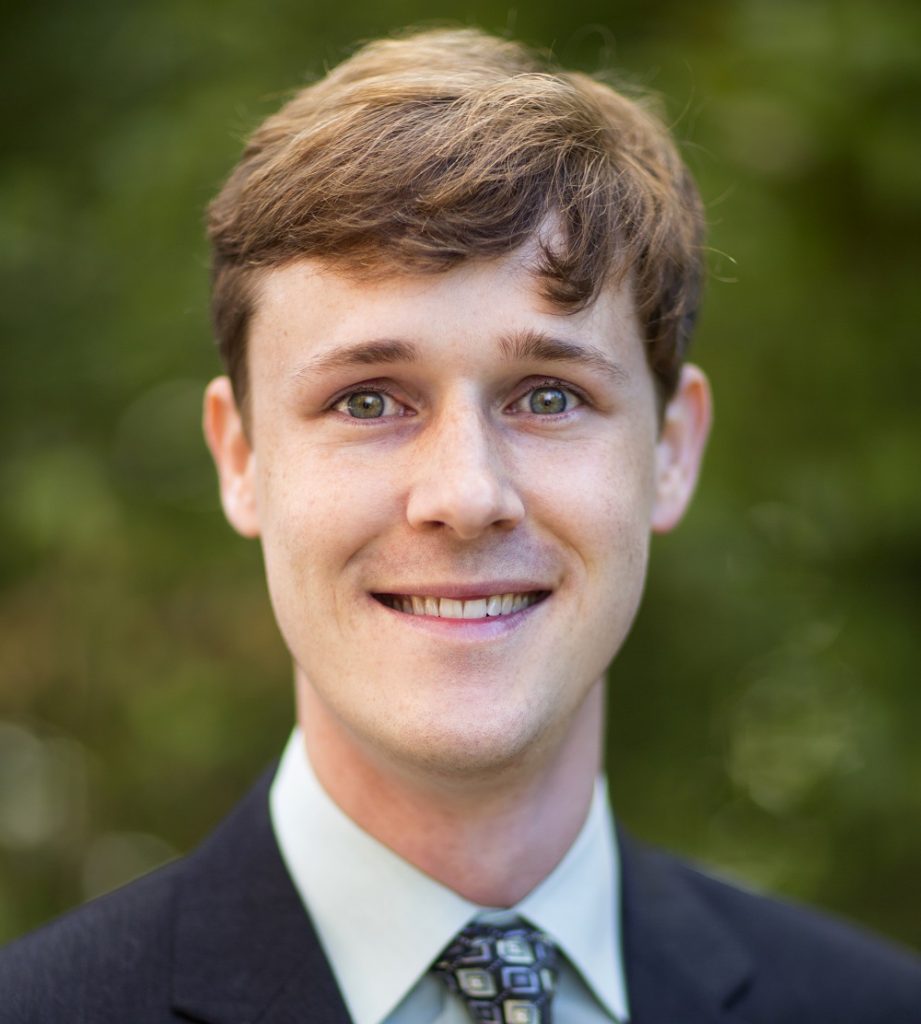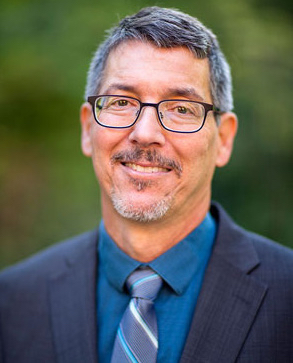
Our research focuses on understanding and controlling self-assembly processes in dispersed colloidal, polymeric and nanoparticle systems. This fundamental knowledge allows for manipulation of material properties for applications in solar energy, nanomedicine, separations and advanced coatings amongst others. We also develop in-situ neutron and x-ray scattering techniques to formulate structure-property relationships under realistic processing and use conditions. Read More

The UW Electrochemical Surface Science (UWESS) group examines surface science phenomena related to electrochemical situations, with an emphasis on fuel cells and related technologies. Current projects include electrochemical reforming of biomass to hydrogen, density functional theory of water adsorption and diffusion, the role of electric field in water ionization and surface reactions, and oxidation reactions in hydrocarbon-fueled solid oxide fuel cells. Read More

The Nance lab is focused on using nanotechnology based platforms (polymer, dendrimer, quantum dot) to understand transport limitations at the macro and micro scale in the central nervous system. We are particularly interested in using nanotechnology to characterize how common disease hallmarks, such as inflammation, impaired fluid flow, and excitoxicity, play a role in the ability to diagnose and treat neurodevelopmental diseases like autism, neonatal stroke, traumatic brain injury, and epilepsy. Read More

Our research group is focused on the large-scale production of nanocrystals and nanowires synthesized by scalable solution-based and supercritical fluid-based processes for energy conversion and energy storage applications, with an emphasis on nanomaterial growth, assembly, and in situ electron microscopy. Read More

MolES-related research interests: Molecular design and engineering through application of machine learning and Data Science methodologies. Bioprospecting for new molecules and industrial microbes.
MolES-related education interests: Data Science, scientific software design & engineering, reproducible computational research. Read More

As a graduate student in the lab of chemical engineering professor James Carothers, David developed a new class of engineered RNA biosensors with increased activation ratios and tunable ligand sensitivities, both of which are essential for applying biosensors to real-world problems. David recently co-founded a startup company with MolE graduate and fellow Carothers lab alum Jason Fontana.
Read More

As a graduate student in the labs of James Carothers and Jesse Zalatan, Ryan is developing CRISPR-based gene regulation tools to improve our ability to engineer microorganisms for the production of high-value compounds. Ryan holds a B.S. in Bioengineering from Stanford University. Read More

The formation and function of electrochemical materials and interfaces are critically affected by molecular adsorption and templating. Our group explores the use of engineered proteins as modifiers of nucleation and growth, as well as orchestrators of hierarchical structures. In separate efforts, we also explore innovative methods to convert waste materials, especially lignocellulosic feedstocks, into value added products. Read More

Our team seeks to integrate the governing principles of rational design with fundamental concepts from material science, synthetic chemistry, and stem cell biology to conceptualize, create, and exploit next-generation materials to address a variety of health-related problems. We are currently interested in the development of user-programmable biomaterials for assaying dynamic stem cell fate and tissue engineering applications, controlled therapeutic delivery to combat disease, and new tools for enhanced proteomic studies. Our work relies heavily on the utilization of cytocompatible bioorthogonal chemistries, several of which can be initiated with light, to control material properties on the molecular level. Read More

Our goal is to develop design platforms for engineering complex genetic control systems for fundamental and applied synthetic biology. In our work, we combine computational modeling, in vitro selection and genetic engineering to construct RNA-based systems that can process cellular information and program the expression levels of large numbers of genes. Our aim is to enable both better understanding of fundamental biological processes and applications to meet demands for renewable chemicals and new therapies. Read More